Water scarcity is a serious concern – the Southeast of England, like many other parts of Europe, is now classed as ‘seriously water stressed’. The Environment Agency has predicted water shortfalls of up to 1.1 billion litres per day. Natural England states that water abstraction is having a significant negative impact on wildlife sites, particularly in the Arun Valley in Sussex.
What is water neutrality?
To tackle this issue, the government and environmental agencies are promoting the concept of “water neutrality.” This means that any new development must ensure it doesn’t increase pressure on water resources and must offset its water usage to maintain a balance – the total water use in the region after the development must be equal to or less than the total water use before the development. New developments in some areas are now required to produce a water neutrality statement evidencing how they intend to achieve water neutrality.
How can developers achieve water neutrality?
To achieve water neutrality developers have to undertake three actions: firstly reducing water use and implementing offsetting measures. Installing water-efficient fittings, like low-water-usage toilets and showers, is a great start. Secondly, utilizing rainwater harvesting and greywater recycling can significantly reduce water demand. And thirdly, existing buildings within the same water supply zone can be retrofitted with water-efficient technologies. The core concept of water neutrality is similar to that of carbon offsetting however there is one very important difference. Water scarcity is localised, which means that neutrality and offsets must be assessed at the catchment or water supply zone level. In short, the retrofits have to be delivered in the same water area as the new build.
Water neutrality is now included in planning requirements
In Crawley the Borough Council recently announced that all applications for planning permission will now have to demonstrate that they do not increase pressure on water resources because they are water neutral. Similarly, Horsham District Council has announced that it will not approve planning applications that are unable to show that they are water neutral.
This has meant a huge reduction in new development in the area while water neutrality solutions are sought. Therefore, developers are urgently seeking water efficient fittings, rainwater harvesting and greywater reuse technologies and retrofit scheme that will enable them to build.
Although Natural England is unlikely to mandate water neutrality in the same way in other areas, environmental pressures mean that a number of councils are making it a planning requirement and several water companies have stated that there is no new water for new developments. The reality is that water neutrality is de facto spreading to other areas.
In addition, water companies charge developers infrastructure connection charges of several thousand pounds per property to connect to the water and sewerage networks and a number of water companies are now offering discounts of around £1-2,000 per property if the developer can demonstrate water efficiency or water neutrality. So water efficiency measures will need to be demonstrated on each planning application and include the installation of low water usage toilets and showers, rainwater harvesting, grey water recycling, measures to limit water usage to a maximum of somewhere between 100 and 85 litres per person per day, as well as offsetting measures. This means that in practice the concept of water neutrality will be adopted across the UK on a quasi-statutory basis. 45% of developers assume that half of all developments will have to be water neutral by 2025. Developers are now recognising the importance of water neutrality and considering it as part of their overall sustainability goals.
The benefits of water neutrality for developers
Water neutrality brings multiple benefits. First and foremost, it helps combat water scarcity and protect vital wildlife sites. Additionally, it reduces carbon emissions associated with transporting water to homes. An estate of 10,000 water-neutral houses could save 1.2 tonnes of CO2e every day, contributing to a greener environment. Using less water also results in lower water bills for householders.
To achieve water neutrality developers are looking for a simple way of getting easily proven offset credits. Ideally, they want simple products that can reduce water by a set amount per home, that have longevity of savings and cannot easily be removed.
Talk to us today about how we can help you
The advantage of the Ecoprod products is that the range of technologies can be used for water efficiency in new developments and for offsets in existing buildings, this is not the case for many water efficiency providers. Ecoprod can offer developers simple easy to install and maintain solutions that will deliver accountable, proven, permanent savings that can be easily accounted and will help deliver water neutrality savings. We can also package these into water neutrality credits. Talk to us today about how we can help your development achieve water neutrality.




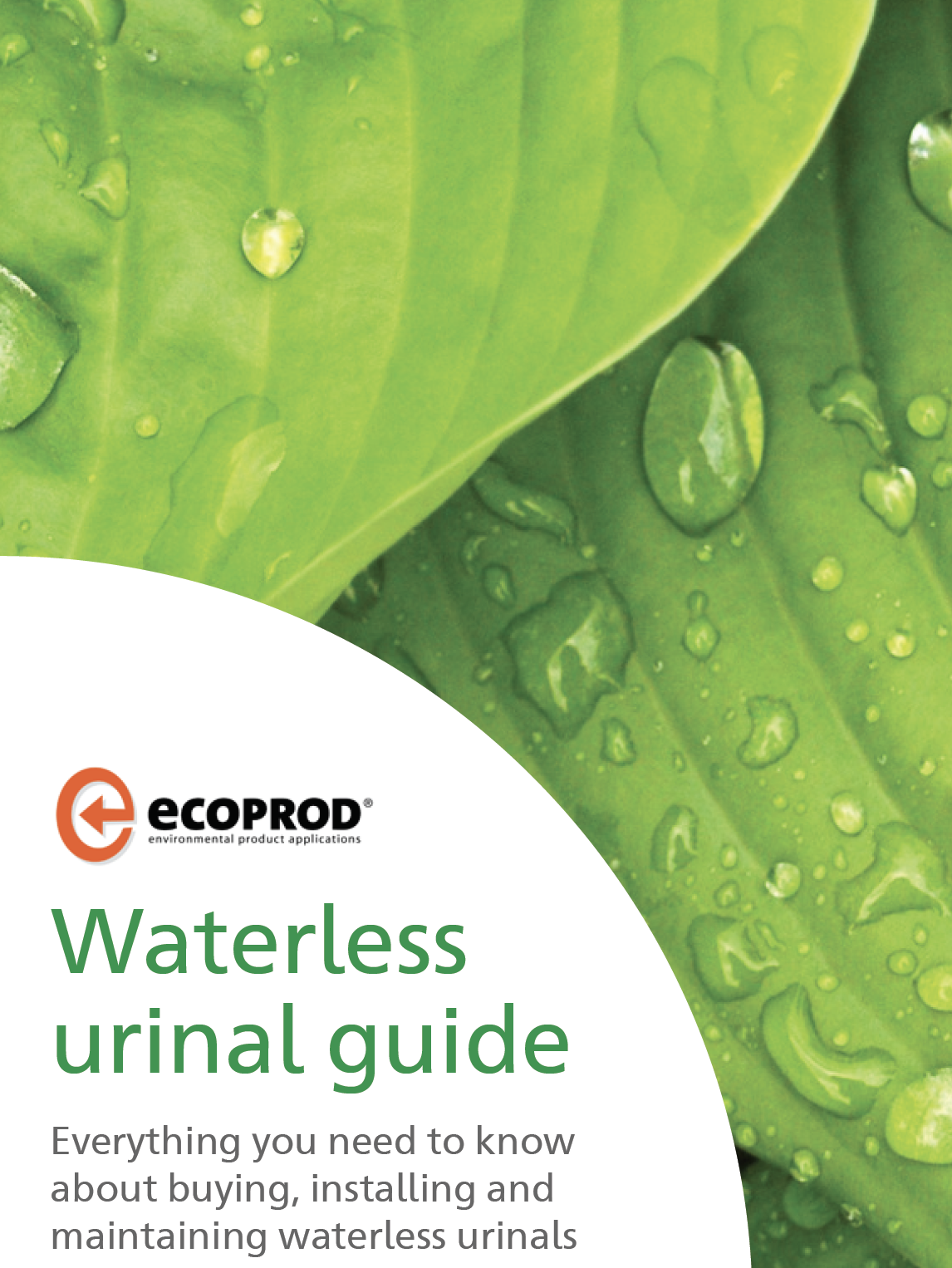
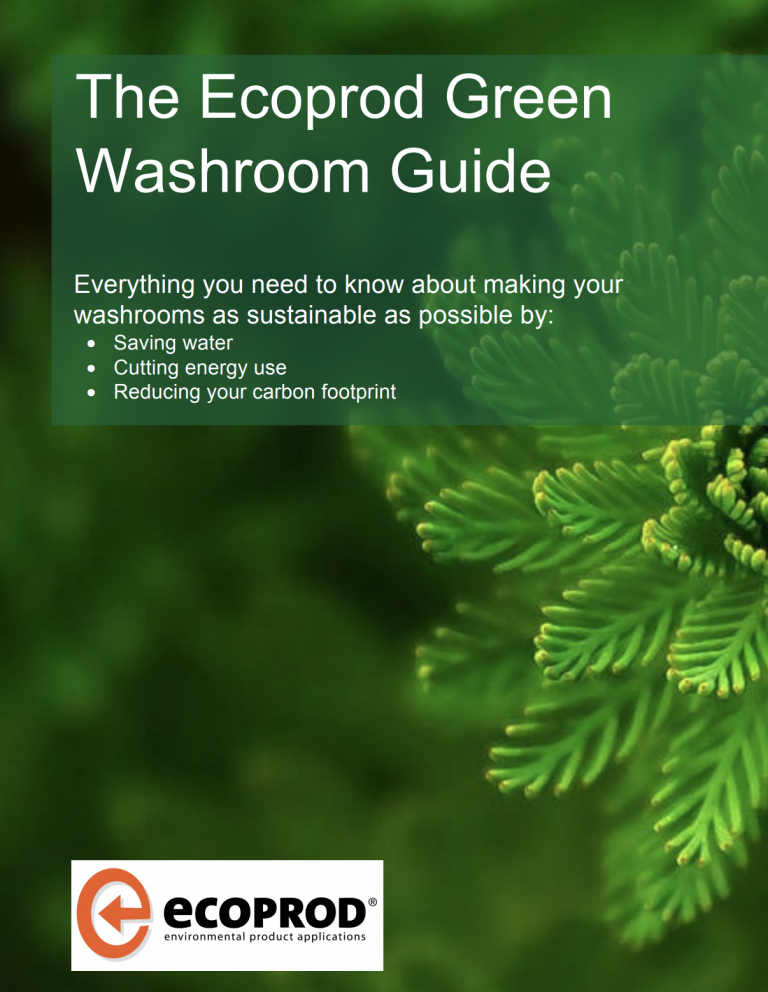

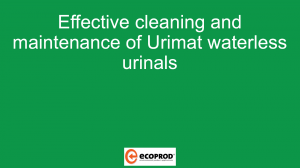





 For the last 8 years Robert Summer – Head of International Sales and Marketing – has developed structured distribution network worldwide for CONTI+ brand. The products offer great benefit for washrooms and shower rooms for public, semi-public and health sector. Today, sustainability, hygiene and smartness are key to CONTI+ solutions. Robert lives the brand and its USPs and loves to support and motivate his team on a daily basis.
For the last 8 years Robert Summer – Head of International Sales and Marketing – has developed structured distribution network worldwide for CONTI+ brand. The products offer great benefit for washrooms and shower rooms for public, semi-public and health sector. Today, sustainability, hygiene and smartness are key to CONTI+ solutions. Robert lives the brand and its USPs and loves to support and motivate his team on a daily basis.




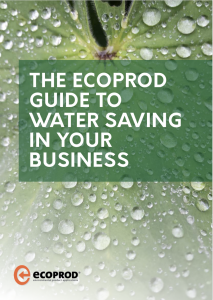
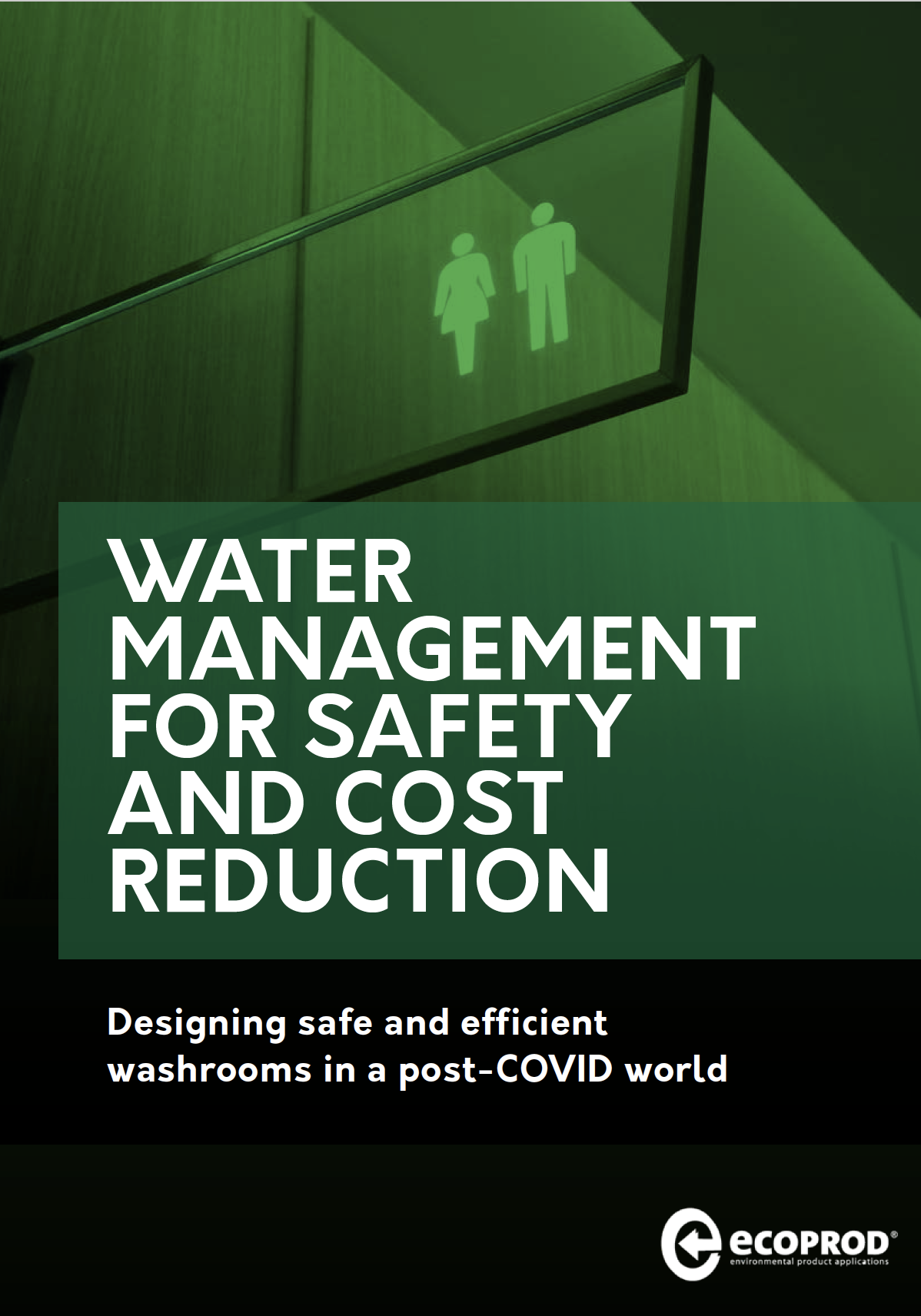



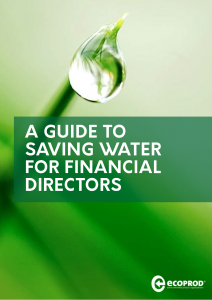
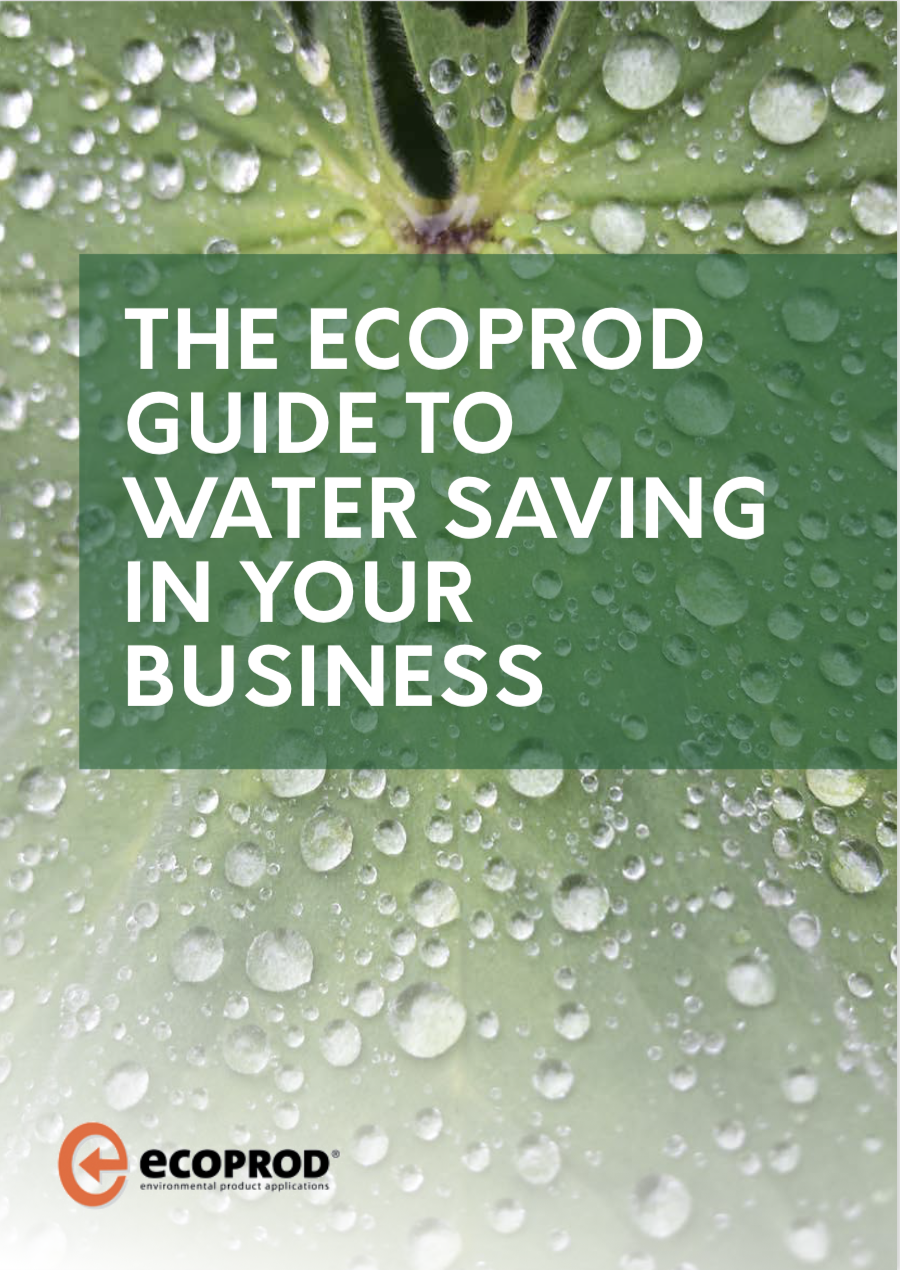
Comments are closed.